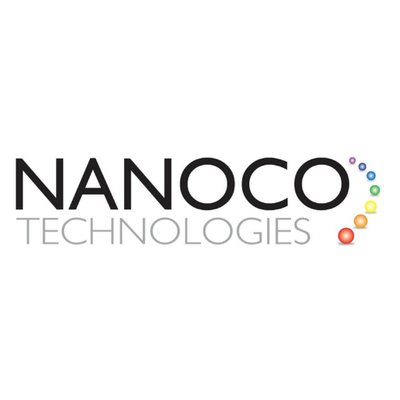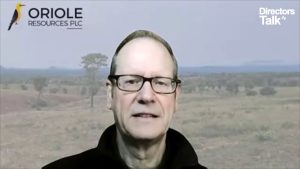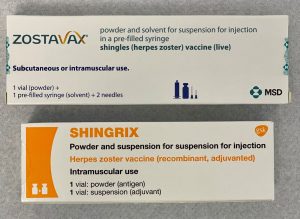A subtle revolution is unfolding on a microscopic scale, where particles invisible to the naked eye are carving out a position of quiet prominence across multiple high-value markets. Beneath the surface of flashy gadgetry and headline-grabbing innovations, an enterprise spun out of academic ingenuity has been steadily scaling its novel manufacturing methods, setting the stage for a wider shift in how industries approach advanced materials.
At the core of its proposition lies a patented “molecular seeding” approach to nanoparticle synthesis, a process that replaces the high-temperature injections common in traditional quantum dot production with a sequence of controlled nucleation steps. What might read as an esoteric laboratory tweak in fact underpins the firm’s ability to deliver large volumes of cadmium-free quantum dots, precisely tuned particles that emit across the visible and near-infrared spectrum. This capability neatly addresses emerging regulatory pressures that restrict heavy metals in consumer electronics, while opening doors to next-generation displays and sensing devices that demand high performance and environmental compliance.
For investors, the significance of a scalable, heavy-metal-free technology should not be understated. Global television manufacturers and electronics OEMs are navigating a tightening legislative landscape around restricted elements, and the ability to licence a proven, compliant material has quickly become a competitive advantage. Early partnerships with chemical and display titans established a blueprint: a South Korean plant commissioned under licence delivered first royalties within three years of the initial agreement, validating both the process and the market’s appetite. Subsequent deals with notable Asian electronics suppliers and a major European specialty materials group further cemented the company’s reputation as a reliable source of high-grade nanomaterials.
Diversification into adjacent markets has been equally deliberate. Beyond the realm of television and backlighting, the firm has leveraged its quantum dot expertise to extend the sensitivity of CMOS image sensors into the short-wavelength infrared region. By coating sensor surfaces with suitably tuned nanoparticles, camera systems designed for applications from biometric facial recognition to LiDAR can achieve finer resolution at a lower cost than alternative semiconductor technologies. In parallel, niche lighting segments such as horticultural LEDs have adopted quantum dot down-conversion, benefiting from the material’s broad excitation range and colour-tuning flexibility.
A less obvious but potentially far-reaching avenue has emerged in the biomedical space, where quantum dots’ high photostability and narrow emission profiles offer advantages over conventional fluorescent dyes. The firm’s heavy-metal-free variants align with stringent safety standards for in-vitro diagnostics and imaging, prompting collaborative funding to develop rapid testing kits for viral detection. While still in the early stages, this biomedical strand illustrates the company’s capacity to pivot its core technology into sectors where precision and regulatory compliance are equally valued.
Operationally, the enterprise operates a purpose-built facility in the UK capable of multi-tonne annual production, positioning it among a handful of global players able to meet industrial-scale demand. Its listing on the London Stock Exchange’s main market provides liquidity and visibility, while a spate of patent filings and a recent high-profile infringement suit against a major consumer electronics brand underscore management’s commitment to protecting intellectual property. For a technology that thrives on novelty, maintaining a robust patent estate is vital to sustaining long-term licensing revenues.
Nanoco Group PLC (LON:NANO) leads the world in the research, development and large-scale manufacture of heavy metal-free nanomaterials for use in displays, lighting, vertical farming, solar energy and bio-imaging.







































